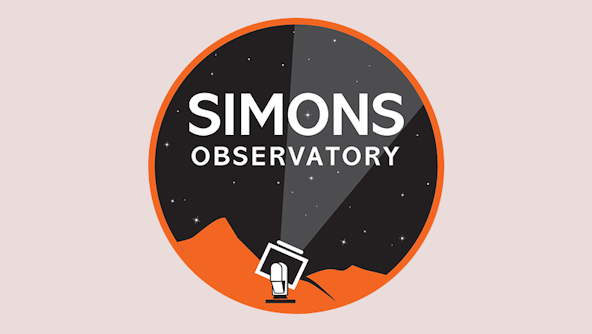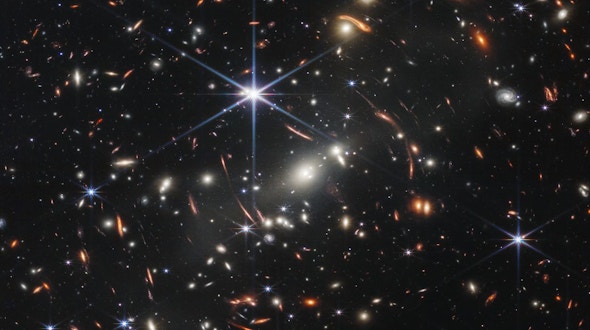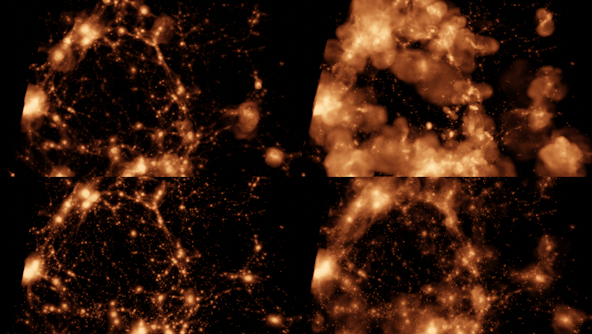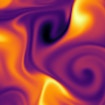
Cosmology

Researchers at the Center for Computational Astrophysics (CCA) stand at the forefront of advancing our understanding of the universe by melding cutting-edge machine learning and data science techniques with profound cosmological inquiries. In an era where cosmology is undergoing a transformative shift, this group spearheads the development of pioneering algorithms and innovative conceptual frameworks that are tailored to the increasingly complex cosmological datasets. Harnessing the collective power of ground-based and space-based telescopes furnished with progressively sensitive cameras and instruments, researchers at CCA are at the vanguard of endeavors such as SDSS, Vera Rubin Observatory, Euclid, SPHEREX, HIRAX and Roman Space Telescope.
These ambitious surveys unfurl a tapestry of discovery, revealing millions (and billions) of stars and galaxies. Within this vast expanse of data, the group sifts through the digital cosmos to extract answers to fundamental questions about our Universe's beginning, and its properties. In particular, we are proud members of SimBIG (SIMulation Based Inference of Galaxies) collaboration, the Simons Collaboration on Learning the Universe and leading groundbreaking work of simulation based inference of the universe. For the broader community, we generate and provide public access to a large number of state-of-the-art simulations of the Universe (Quijote and CAMELS) powered by the Flatiron Institute's state-of-the-art computing facilities run by Scientific Computing Core.
Subgroups
Cosmic Microwave Background
The cosmic microwave background (CMB) provides scientists an unprecedented glimpse into the nature of fundamental physical processes that have governed the origin and evolution of the universe since the dawn of time itself.
CCA is a hub of exploration into the universe’s earliest moments. By studying the CMB, a relic of the universe’s birth, CCA researchers delve into fundamental physical processes that have shaped our cosmos over eons.
Researchers at CCA work on multiple CMB projects including Planck, Atacama Cosmology Telescope and Simons Observatory.
In particular, researchers at CCA lead data reduction pipeline at the Simons Observatory and performed pivotal analyses on all of these CMB projects.

Particle Astrophysics
The extreme properties — density, temperature and scale — of astrophysical and cosmological environments make for excellent laboratories of new physical phenomena beyond the Standard Models of particle physics and cosmology. Researchers at CCA exploit effects such as anomalous stellar cooling via the production of weakly-coupled particles; galactic dynamics to determine potential non-gravitational interactions of dark matter; gravitational lensing to search for small-scale dark matter structures; and large-scale structure and cosmic microwave background measurements to learn about the field content of the early universe. Scientific advances in these areas require interdisciplinary efforts between the fields of particle phenomenology, cosmology, galaxy dynamics and formation, stellar physics and gravitational waves, and synergy between analytic calculations, simulations and a myriad of observational probes.

Collaborations
This collaboration, directed by Greg Bryan of Columbia University, aims to understand and determine the evolution and initial conditions of our universe, using observations via a Bayesian forward modeling approach.

Projects



















